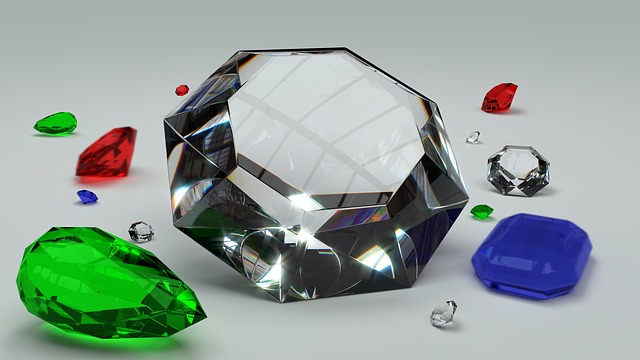
Blockchain technology is mainly known in connection with the cryptocurrency Bitcoin. It is mainly earned through mining or from trading using platforms and is now being accepted worldwide as a viable digital currency. But it can also be used in a completely different way, for example when trading diamonds.
Diamonds are considered the luxury good par excellence. But where there is a lot of money involved, you quickly get to scammers who sell so-called blood diamonds or fakes. In the past, the sale of blood diamonds has financed bloody conflicts in African countries such as Angola and Sierra Leone.
The diamond industry is committed to stopping the trade in such stones. However, proof of origin for diamonds is very difficult and certificates on paper can be forged. This is where blockchain technology comes in: With its help, a forgery-proof identification of diamonds should be possible.
The blockchain is a digital transaction book that is publicly accessible, distributed to all computers of a network, and thus virtually forgery-proof. Technology is predicted to have a great future. “God bless the Blockchain,” said Jamie Dimon, head of the major US bank JP Morgan. But so far, the technology has been above all a great promise. The diamond example now shows how the blockchain can work in practice.
ALSO READ: The Diamond Market Is Losing A Lot Of Shine
Various possible applications
London-based start-up Everledger has already registered more than 1.6 million diamonds on a blockchain. “We are creating a digital imprint of the object on the blockchain,” Everledger CEO Leanne Kemp told the US business magazine “Fortune”. This “fingerprint” stores information about color, carat, and certificate numbers, among other things.
Dealers, jewelers but also insurers can use it to check the origin and authenticity of a stone. Computer scanning tools give them access to a “digital vault,” according to Kemp, where they can view the data about a diamond and trace the supply chain.
Everledger’s first step is to focus on industry. But the technology should also be made available to the end customer. A prospective customer can then look on his smartphone to see where the diamond he wants to buy comes from.
The system could be suitable for other luxury goods, such as expensive wine. On a larger scale, however, it is also conceivable to make the origin and delivery routes of meat and other foods transparent with the help of the blockchain. Everledger is also considering adding a digital fingerprint to the artwork that makes it forgery-proof.




